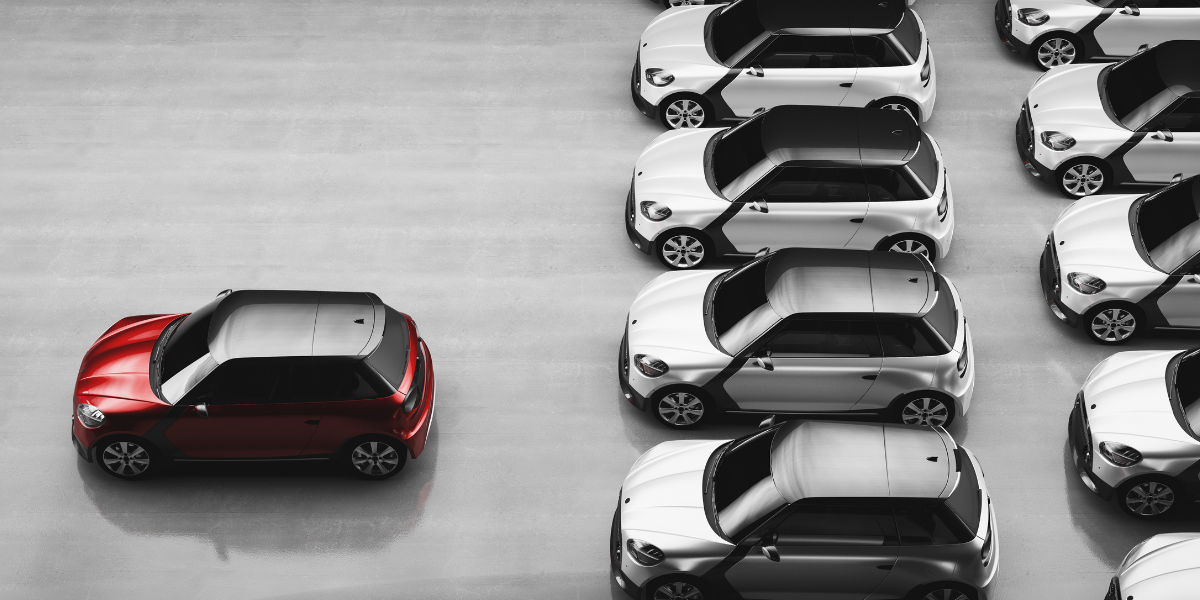A Positive Outlook for Sustainable Mobility in 2025
As we step into 2025, the landscape of sustainable mobility is brimming with optimism and innovation. The convergence of technological advancements, regulatory support, and shifting consumer preferences is driving a transformative era in transportation. This article explores the key trends and developments that paint a positive outlook for sustainable mobility in 2025.
The Shift in Mobility Preferences
In recent years, the traditional love affair with the car has begun to fade. A new wave of sustainability is sweeping through younger generations, particularly Generation Z. They are more concerned with cost, environmental impact, and urban congestion than the status symbol of car ownership. This shift is driving the rise of shared mobility services, such as bike-sharing, carpooling, and on-demand ride-hailing apps. As cities focus on creating flexible, eco-friendly options, this change is pushing forward new models of transportation, reducing the need for private cars and making way for more sustainable solutions.
The Global Drive for Sustainability
The growing urgency to address climate change means sustainability will remain at the heart of urban mobility strategies in 2025. Governments and businesses are focusing on reducing emissions, improving energy efficiency, and creating sustainable transport ecosystems. In addition to electric vehicles and renewable energy, more cities are experimenting with innovative, green solutions, such as sustainable public transport networks, green logistics, and eco-friendly urban planning.
Technological Advancements
Electric Vehicles (EVs): The EV market is experiencing unprecedented growth, driven by advancements in battery technology and increased affordability. By the end of 2025, it is projected that there will be 85 million EVs on the road globally, with 73% of these being Battery Electric Vehicles (BEVs), according to Gartner, Inc. This represents a significant increase from 64 million units in 2024. The competition among manufacturers, particularly between international companies and traditional automakers, is pushing prices down and making EVs more accessible to a broader audience. This is also set to birth strategic partnerships between automotive companies and battery manufacturers across regions.
Global Comparisons: Norway leads the world with an impressive 95% EV adoption rate, followed by Sweden at 60%, China at 55%, and the Netherlands at 30%, as reported by Kalibrate Global. These figures highlight the varying levels of EV adoption across different regions, driven by factors such as government incentives, infrastructure development, and consumer preferences.
Future Projections: The global EV market is expected to continue its rapid growth. By 2030, the number of EVs on the road is projected to reach 145 million, driven by stringent emissions regulations and increasing consumer demand, according to the IEA Global EV Outlook 2024. The market for commercial EVs, including buses and trucks, is also set to expand significantly, with a compound annual growth rate (CAGR) of 15.1% expected through 2045, as per Gartner, Inc.
.png)
Autonomous Vehicles: Continued advancements in self-driving technology are paving the way for fully autonomous taxis, buses, and delivery vehicles. These innovations are transforming how we use public transport and delivery services, making them more efficient and reducing urban congestion.
Urban Air Mobility (UAM): Air taxis and drones are no longer just science fiction. Companies are already testing autonomous flying vehicles, which could revolutionize short-distance urban transport by avoiding ground-level congestion.
Robot Delivery: Innovations in last-mile delivery technologies, including delivery robots and drones, are helping ease congestion by making deliveries more efficient and reducing the need for delivery trucks on crowded city streets.
AI and Smart Transport Systems: AI continues to optimize traffic management, predict traffic patterns, and create personalized mobility experiences for commuters. Data-driven transportation systems allow for more responsive and adaptable infrastructure, leading to smoother and more efficient travel.
Conclusion
The future of urban mobility in 2025 promises to be smarter, greener, and more connected. From the rise of autonomous electric vehicles to the continued growth of shared mobility services, cities are adopting new technologies and strategies to create more sustainable, efficient, and livable environments. The integration of AI, intermodality, and smart infrastructure will transform how we move within cities, while innovations like air taxis and robot delivery are set to take transportation to new heights. By embracing these changes and fostering collaboration between technology providers, urban planners, and policymakers, we can look forward to a cleaner, safer, and more sustainable urban future.





